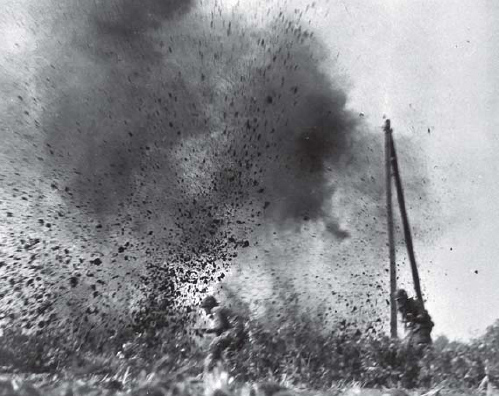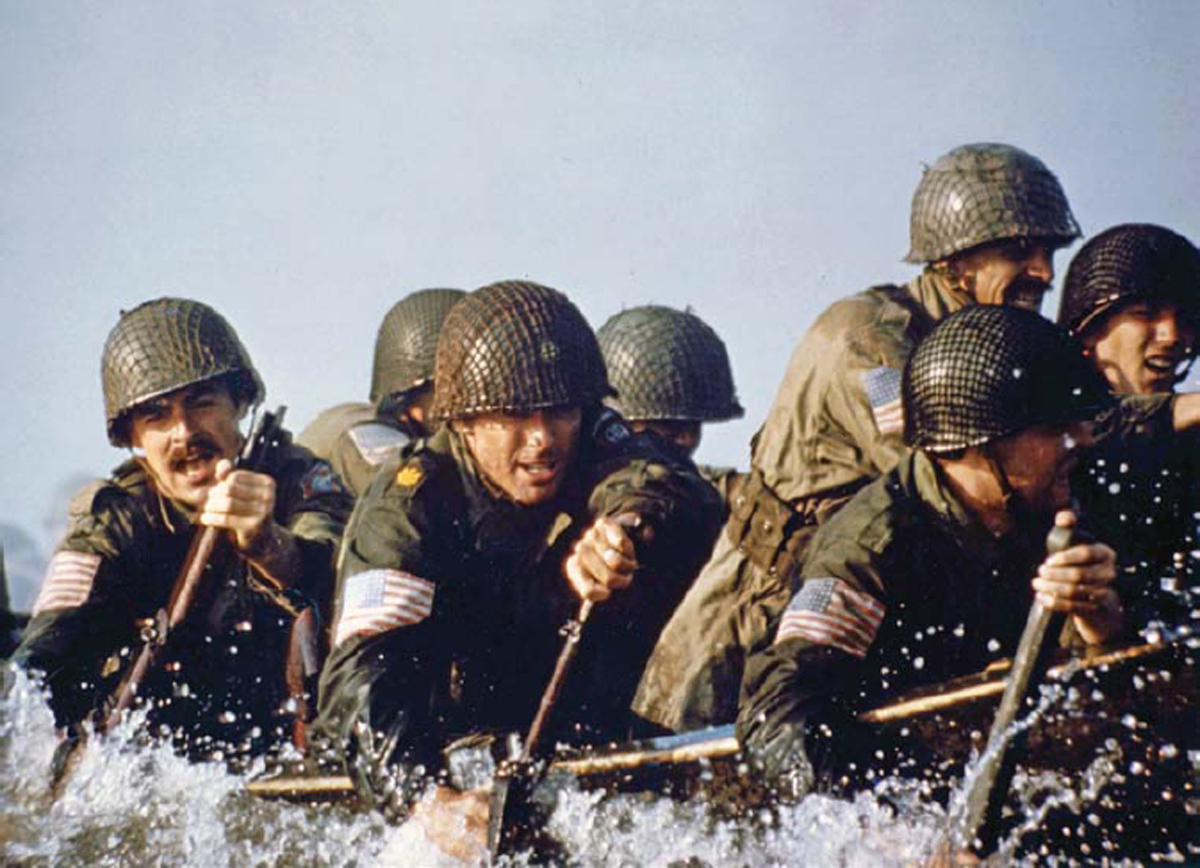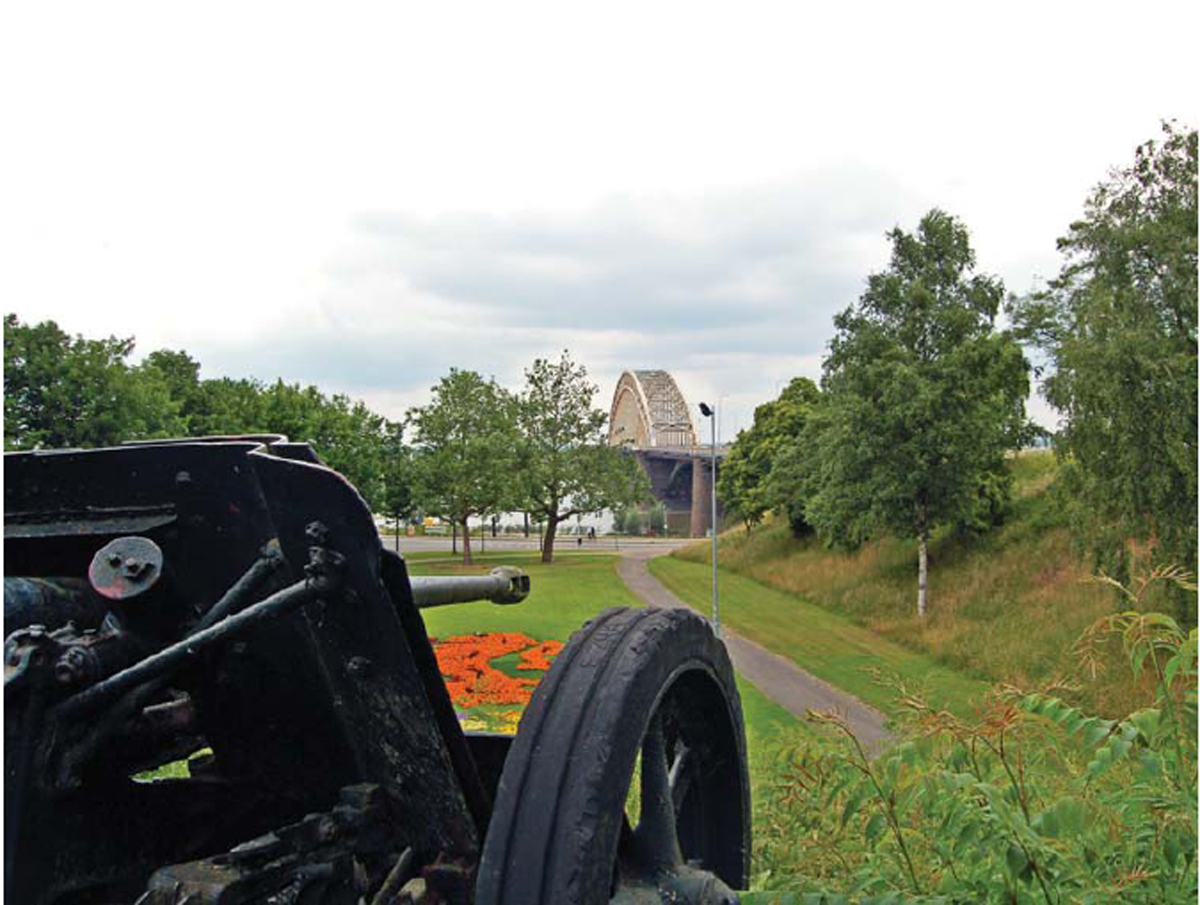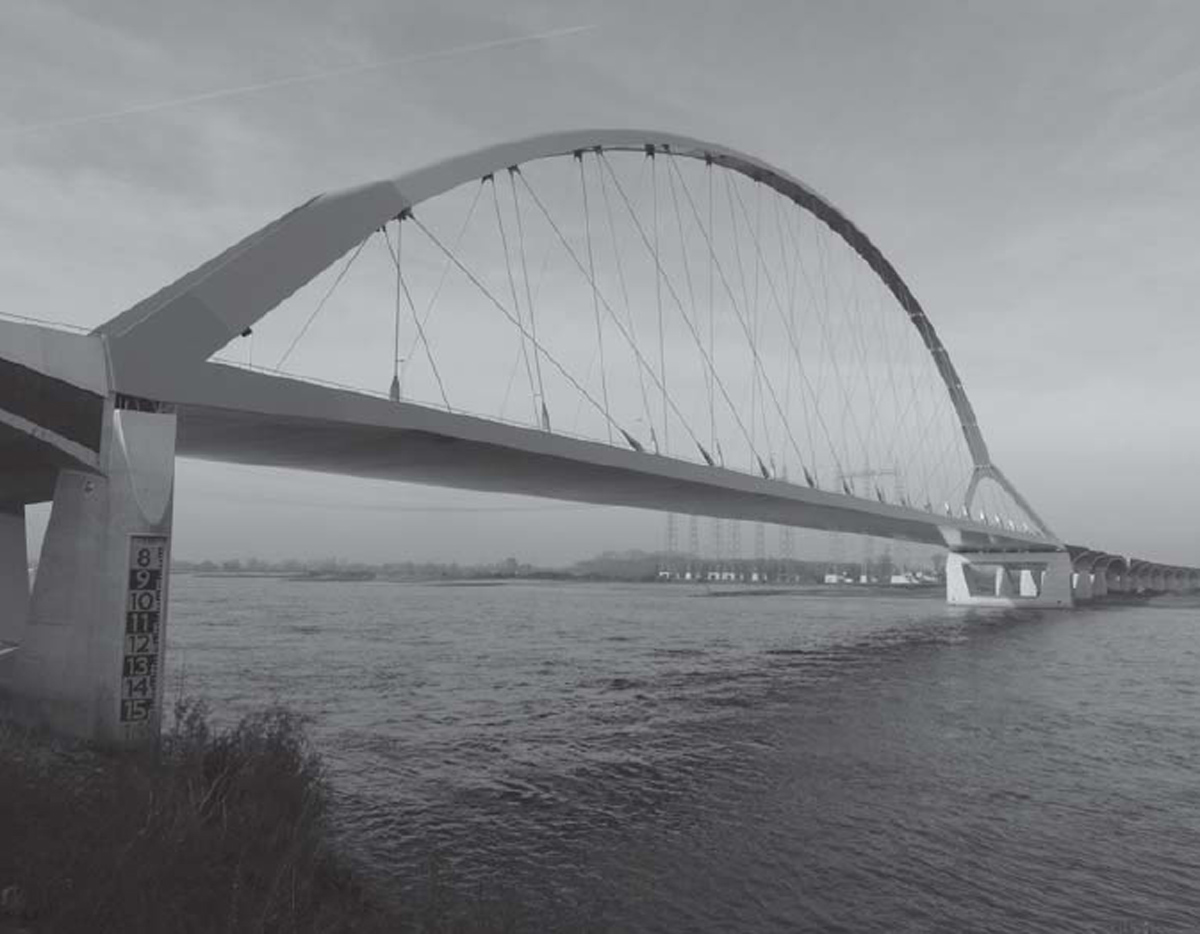
The failure of Operation Market-Garden can be traced to numerous factors, but intelligence misjudgments were at its heart. The central intelligence question was the assessment of whether the German Army was still in the chaotic condition of early September when Market-Garden was planned, or whether the German Army’s situation had stabilized. Montgomery argued that the German situation was still so fragile that Market-Garden was worth the risk. His subordinate commanders in British Second Army and XXX Corps doubted this was still the case after having seen first-hand evidence of the increasing German resistance along the Albert Canal and Meuse–Escaut Canal during early September. Montgomery dismissed these assessments, as he did similar warnings from SHAEF. This was a commander’s prerogative; bold commanders often have to ignore the anxieties of the naysayers and the timid and take necessary risks. The most charitable interpretation that can be made of Montgomery’s intelligence mistake was that he genuinely believed that the German Army was on the brink of collapse and that a risky operation held enormous potential to end the war in 1944. A less charitable interpretation was that Montgomery craved a successful Market-Garden operation to bolster his argument with Eisenhower over the proper strategic approach in the European theater. Had Market-Garden succeeded, it would have validated his “dagger thrust to Berlin” approach. The intensity of his conviction about the shape of future Allied operations in northwest Europe blinded him to the significant changes in German capabilities from the beginning of September to the middle of September. Market-Garden was not only “a bridge too far” but “two weeks too late.”

An iconic image of the fighting by the American paratroopers on “The Island” in early October 1944. Post-war research suggests that the famous photograph was staged. (NARA)
The unexpected presence of II SS-Panzer-Korps in the Arnhem area has often been cited as the principal reason for the failure of Market-Garden. Yet Allied intelligence did have some inkling that the two Panzer divisions were in the area, and they were discounted due to their weakened state. In the event, the presence of these units near Arnhem was not the immediate cause of the initial Allied setbacks. Rather, Allied intelligence had failed to understand that the threat of a British ground attack into the Netherlands from the Meuse–Escaut Canal had prompted the Germans to begin the activation of large numbers of improvised battlegroups and shadow divisions during the first weeks of September in the Netherlands. It was these unrecognized battlegroups that stymied the initial Allied efforts.
In the case of the US airborne divisions, the underlying premise of Market-Garden was that they would only face minor “line-of-communication” troops. The gross over-extension of the two airborne divisions from Eindhoven to Nijmegen was only plausible if facing minor enemy forces. In fact, by D+1, they were already facing elements of three divisions, and by D+2 they were facing significant enemy tank forces as well. As the timetable slipped, the situation became markedly worse due to continued reinforcement of the German units along Hell’s Highway. This might have been alleviated by a more vigorous attack by the two corps on either side of Horrocks’ XXX Corps that would have pushed the Germans away from the highway. In the event, both corps were largely exhausted from the Normandy campaign and the race through Belgium, the Dutch terrain did not favor mechanized advances, and so they were very slow in coming abreast of Horrocks’ harried XXX Corps.

The movie version of Cornelius Ryan’s Bridge Too Far provides many of the iconic images of Operation Market-Garden. In the film, the role of Maj. Julian Cook was played by Robert Redford, seen here during the recreation of the Waal River crossing on September 20, 1944. (United Artists)
There were significant tactical misjudgments in the Market-Garden plan. Earlier plans for operations in the Netherlands had included a coup de main against the key bridges using gliders; unfortunately these tactics were dropped from the Market-Garden plan. The most serious shortcoming of the troop carrier operation was the time it took to deliver the forces. The delivery of the three divisions was extended over a period of three days due to the weather and the inherent limits of aircraft and aircrew. Combined with the German resistance, this seriously compromised the operation. The need to guard the landing areas and drop zones for later waves of troops forced the ground commanders to divert as much as a third of their forces to this secondary task, weakening their effectiveness. This was most evident in the case of Nijmegen where the weather led to the postponement of the landing of the 325th GIR from D+2 to D+6, leaving Gavin with insufficient forces to seize the Nijmegen bridges.

The Hunnerpark area of Nijmegen was heavily damaged during the fighting and has been extensively reconstructed. A 50mm PaK 38 antitank gun that took part in the fighting has been preserved at the foot of the Belvedere tower looking northward over Hunnerpark towards the Nijmegen highway bridge. (Barry van Veen, STIWOT)
Yet even if the bridge at Arnhem been seized and held, it is by no means clear that the strategic objective of the mission would have been attained since the Rhine crossing was merely the means to inject Montgomery’s 21st Army Group into the Ruhr industrial area to outflank the Westwall. With the Wehrmacht rapidly recovering from the summer disaster, and the Allies’ logistical links overstretched, a deep penetration into Germany before the onset of winter was doubtful, whether the Arnhem Bridge was captured or not.
For the Germans, September 1944 would later be called “the miracle along the Westwall.” After the disasters of the summer, the western front was finally stabilized by means of the slap-dash creation of a significant number of new divisions and battle groups that helped to finally blunt the Allies’ race to the German frontier. The Germans suffered their fair share of blunders, especially the inattention paid to the demolition of key river and canal bridges. Model could breathe a sigh of relief when the Allies failed to clear the Scheldt Estuary. This saved AOK 15 and left Antwerp bottled up until November. Market-Garden had been crushed, leaving Montgomery’s 21st Army Group holding an awkward corridor from which to conduct future operations.

A third bridge was recently constructed over the Waal in Nijmegen on the spot where Cook’s battalion crossed. It is called the Oversteek (Crossing) and was opened in early 2014. (Alex van Riezen)